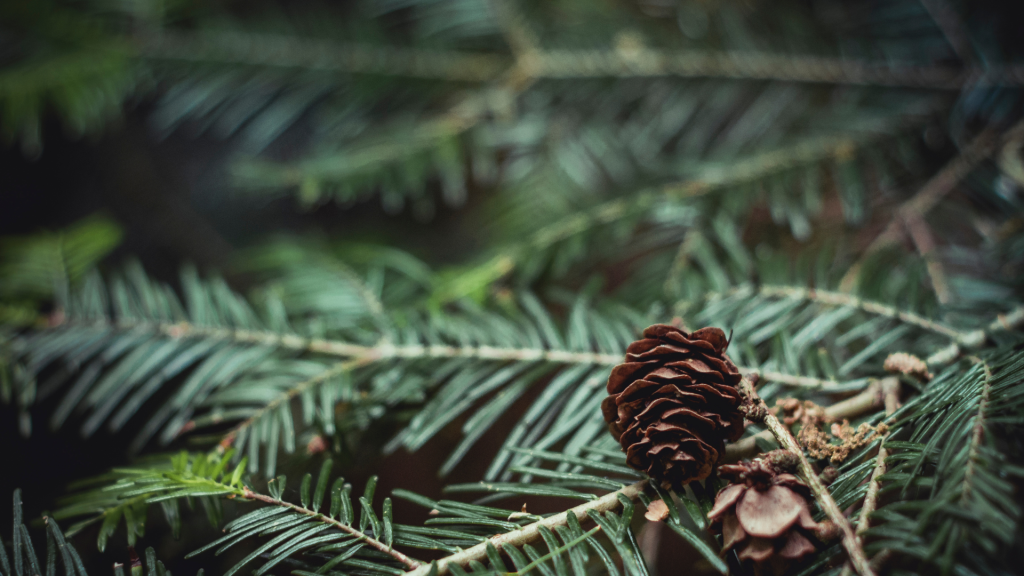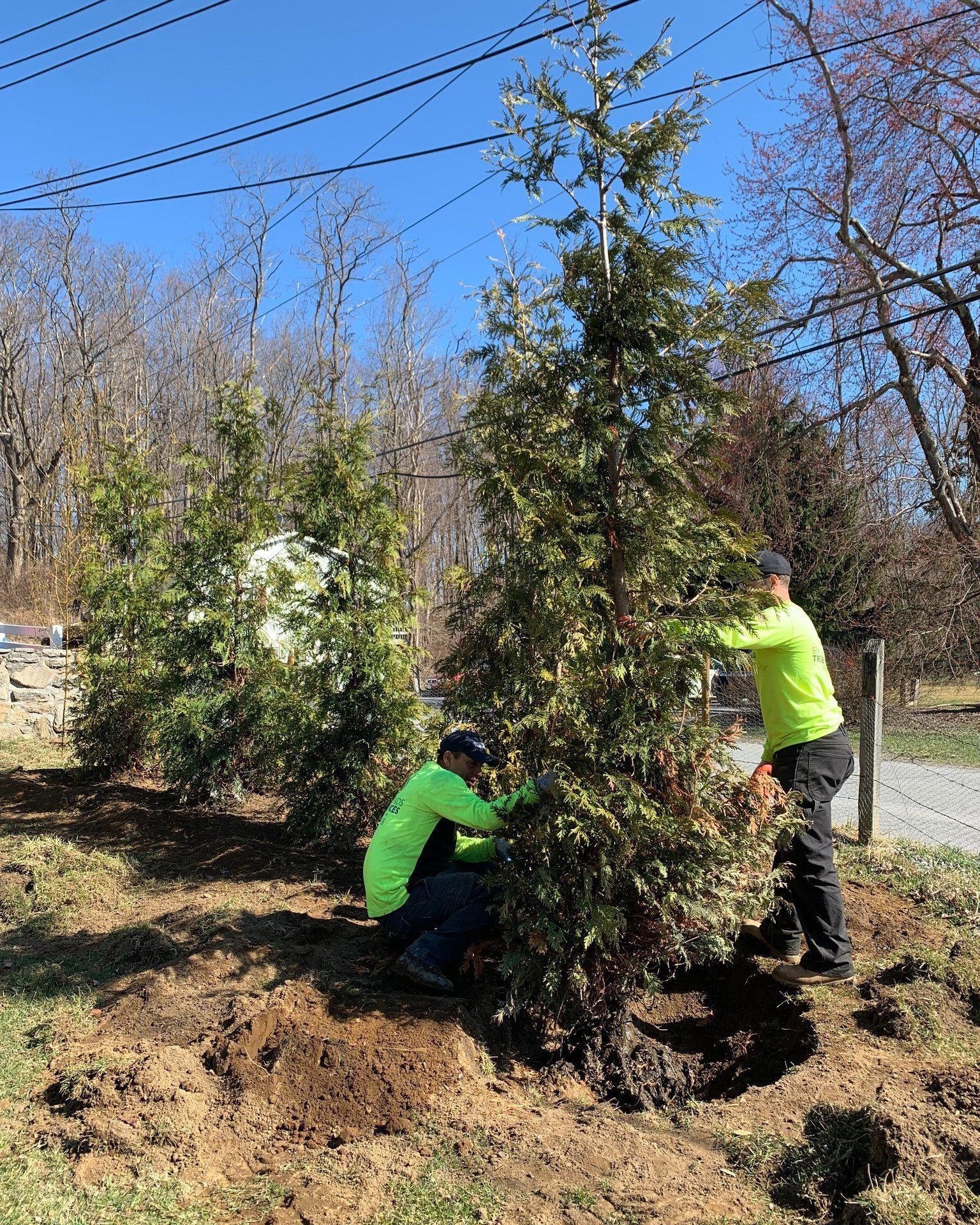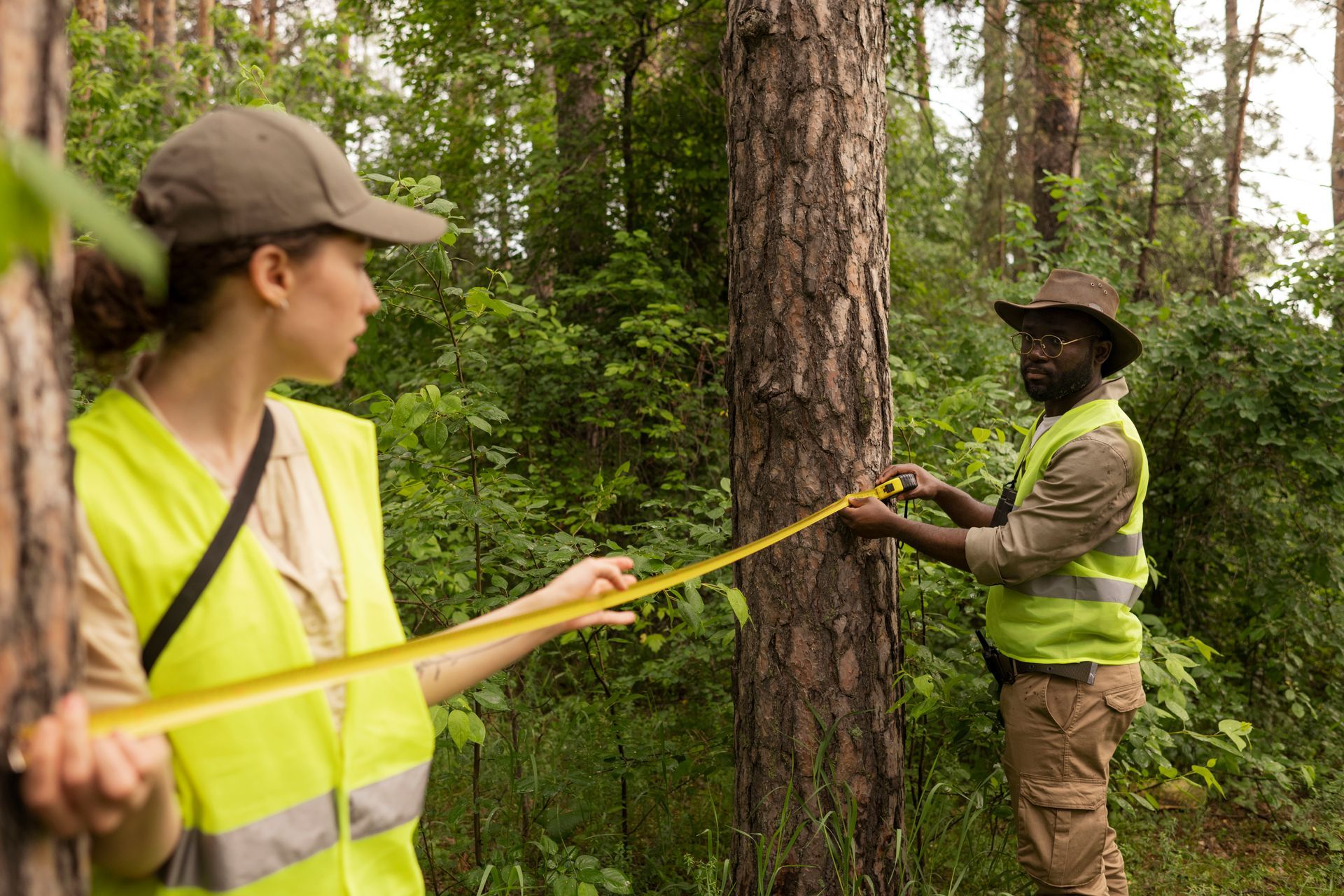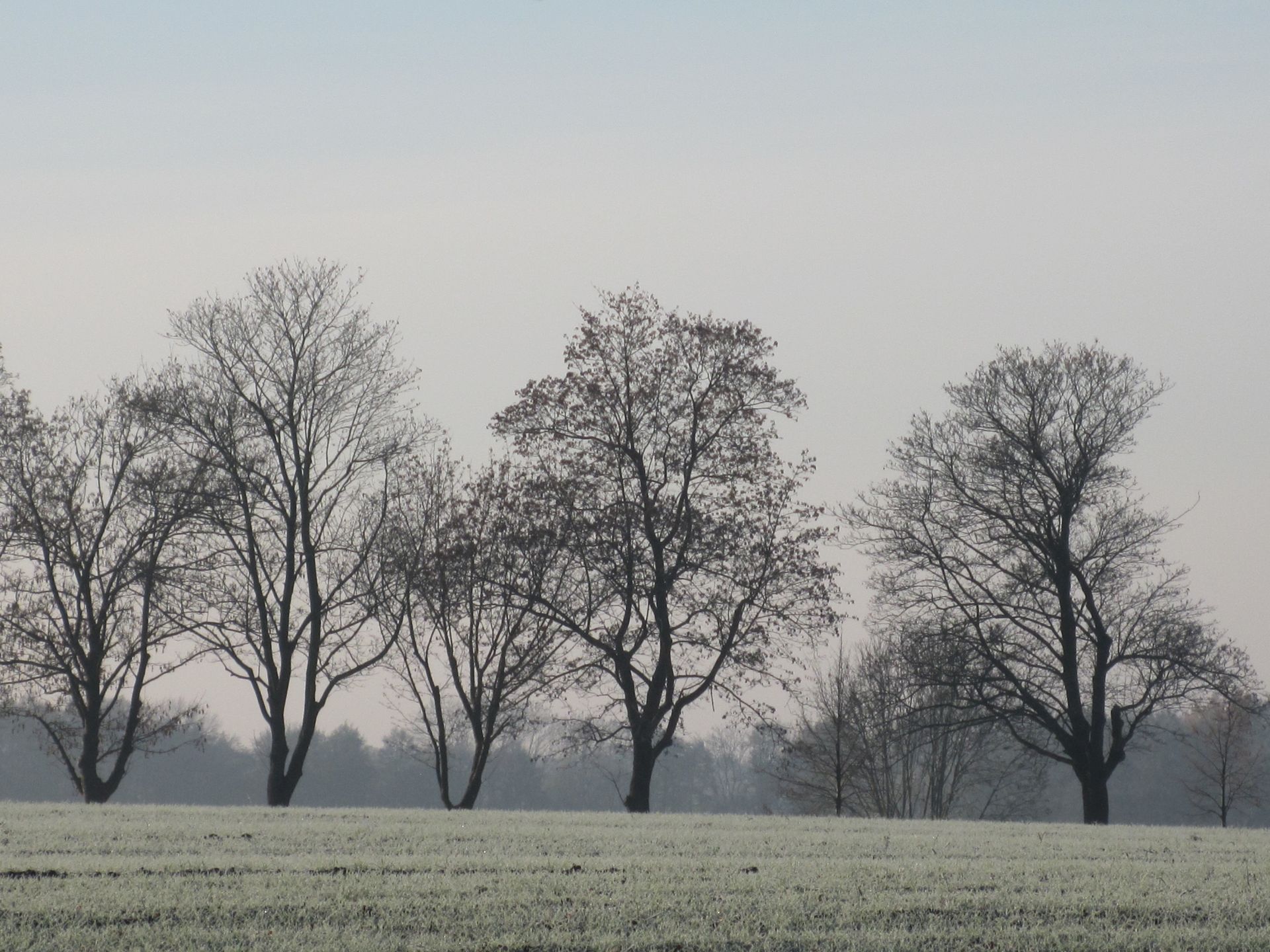Six Diamonds Tree Services, Inc

Like most things in life, plants change with the yearly cycle of the seasons. We saw this recently here in New York, as the trees lost their vibrant colored leaves, which in turn have begun to fall from their branches. You will soon notice this in your front and backyard lawns as what is commonly known in the landscaping community as “Winter Kill” takes hold of your grass. These are natural parts of the changing of the seasons, which will, in turn, give room for new growth in the spring. But, not all plant species are afflicted by this yearly transformation. Some tree families, such as Evergreen Trees, are immune to this cycle. Let’s break it down.
According to The New York State Parks Blog, Evergreen is a term used for trees that keep their “leaves” throughout the winter as well as their green color. People commonly associate this term with one type of tree, the Pine Tree family. In reality, quite a few different tree species fall into this category. Writers at Outforia, a nature publisher, report over 600 types of evergreen trees. Some other species are Eastern Hemlock, Redwood, Spruce, Mediterranean Cyprus, Fraser Fir, Douglas Fir, Canadian Yew, and the list goes on. I find this type of foliage especially interesting due to its durability and endurance through the harsh trials of nature.
Now that we know what Evergreen trees are let’s learn a little more about how they came to be known as, Evergreens. According to Webster’s dictionary, this term was first used dating back to the 16th Century. The history of evergreen trees stretches back millions of years, with these resilient plants thriving in a wide range of environments around the world. Evergreens have played an essential role in the natural world and human culture, from the towering redwoods of California to the fragrant pine trees of the Christmas season.
The earliest known evergreen trees were conifers, a group of plants that includes pines, firs, and spruces. These trees evolved more than 200 million years ago during the Mesozoic era and quickly became a dominant force in the world’s forests. Conifers are well-adapted to survive in various climates and conditions, thanks to their tough, needle-like leaves and ability to store water and nutrients in their bark and roots.
As the earth’s climate changed over the course of millions of years, evergreen trees continued to evolve and adapt. Some species, like the towering redwoods of California, developed massive trunks and canopies that allowed them to reach for the sun and capture as much sunlight as possible. Others, like the pine trees that are commonly associated with the Christmas season, developed fragrant needles and cones that attracted animals and helped disperse their seeds.
Many of you may be reading this and thinking, “Well, how does this pertain to me and my yard’s landscape?” When planning how you will set up your yard, the weather component and longevity of your plant life are some of the things people don’t consider. This is when you’ll see homeowners with tree lines and garden areas that look dismayed come spring, the owners unaware of the maintenance that was needed. Avoiding these yearly winter preparations and replantings with a yearlong tree like this may be what you’ve been looking for. So, maybe you are thinking about taking the next steps down the Evergreen rabbit hole, what’s next?
Well, consider where you would put these new vibrant trees and what parts of your yard could use some sprucing up. In one of our previous blog posts: Three Ways to Revamp Your Backyard Before the Next Holiday Gathering , we talk about some of the ways you can get ready for your next backyard project. Some of the key tips were: Removing Dead Trees From Your Property, Pruning Your Trees & Shrubs, & Wood / Brush / Land Clearing. If this sounds like something that you would be interested in, go back and read the full blog post.
If you have any concerns about any trees on your property, give us a call. We work all winter long & look forward to helping you with your tree service needs! Consider Six Diamonds Tree Services for your next landscape project. Fully licensed & insured. Over 25 years of experience in our community. Free, no-obligation estimates: (845) 878-7888.










